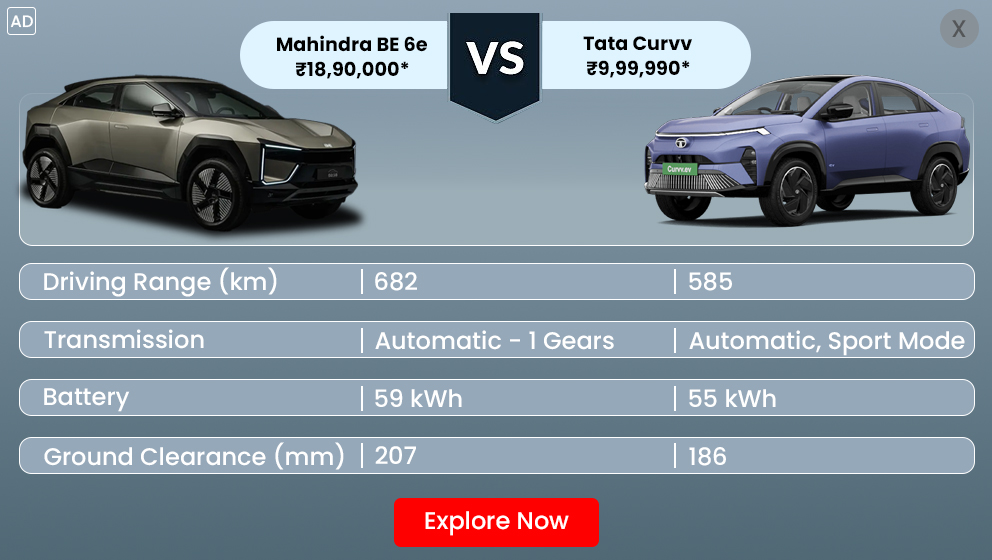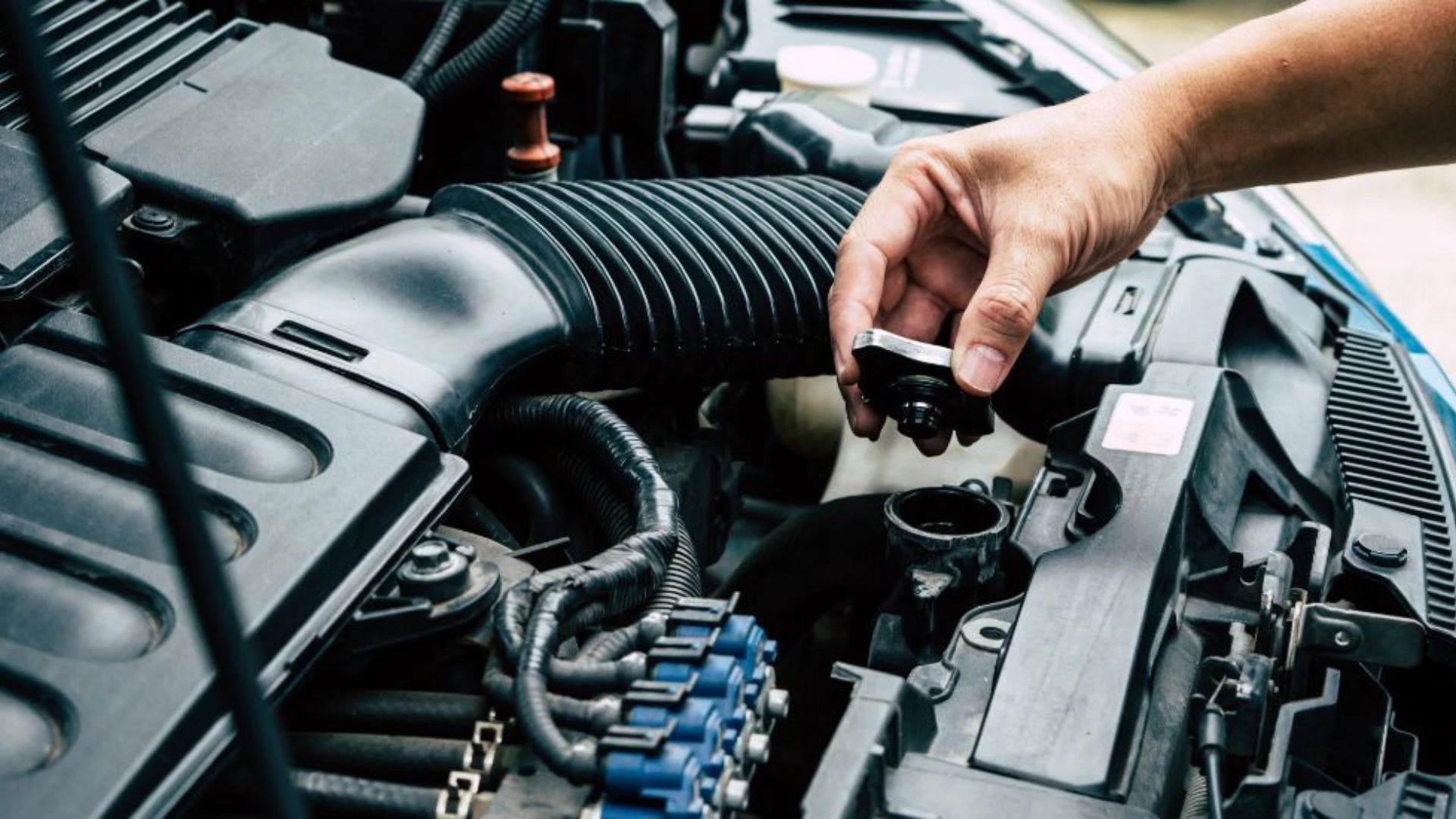Ever wondered why your car’s temperature gauge keeps creeping up even though your coolant level looks fine? It might be time to flush the radiator for your car.
Many car owners skip this simple yet critical maintenance step, leading to overheating, expensive repairs, and reduced engine life. Whether you’re a DIY enthusiast or weighing DIY vs. professional service, this guide covers everything you need to know about flushing your radiator.
What Does Flushing the Radiator Do?
The radiator in your car transfers heat away from the engine so that it will not overheat with the help of coolant. Over time, this coolant picks up rust, debris, and sludge from inside the radiator, decreasing its efficiency to cool the engine.
A flushed radiator for car means a chemical or water flush to completely clean out the old, contaminated coolant, as well as the rust, and sludge. Then replace the old coolant with new, clean coolant and regained cooling efficiency.
5 Signs You Need to Flush Your Car Radiator
1️. Engine Overheating
If your car’s temperature gauge frequently climbs into the red zone, even though your coolant level looks fine, your radiator may be clogged with rust, debris, and sludge.
When the radiator can’t effectively dissipate heat, engine temperatures rise, risking:
- Warped cylinder heads
- Blown head gaskets
- Severe engine damage
Example: You’re stuck in city traffic, and your temperature warning light turns on despite a full coolant tank. It’s a classic indicator that your cooling system needs flushing.
Flushing the radiator for your car helps restore coolant flow, ensuring your engine stays at optimal temperatures.
2️. Coolant Leakage
Noticing puddles of green, orange, or pink liquid under your car? That’s coolant leakage, which often indicates your radiator is under excessive pressure due to clogged pathways and sludge buildup.
When debris blocks coolant flow, pressure increases, causing:
- Weak spots in hoses to burst
- Radiator seams to leak
- Gasket failures
Pro Tip: Always check for leaks around the radiator drain plug, hose clamps, and water pump seals if you suspect contamination.
A flush radiator for car helps clear obstructions, restoring the system’s normal pressure and preventing leaks.
3️. Murky or Discolored Coolant
Your coolant should be bright green, red, or orange, depending on the type used. If it’s turned:
- Brown or Rusty: Indicates corrosion and rust particles from inside the radiator.
- Milky or Sludgy: Suggests oil contamination or heavy debris buildup.
Contaminated coolant reduces heat transfer efficiency and can cause internal corrosion, leading to leaks and radiator failure.
Check: Open your coolant reservoir cap (only when the engine is cold) to inspect the coolant’s color.
Flushing your radiator removes rust, scale deposits, and sludge, replacing it with clean coolant to maintain system efficiency.
4️. Engine Knocking or Unusual Noises
When coolant circulation is restricted due to sludge, hot spots form in the engine block, leading to uneven cooling. This can result in:
- Knocking or ticking noises from the engine
- Reduced engine efficiency
- Increased wear on moving components
Why it happens: The water pump struggles to push contaminated coolant through the clogged radiator and heater core.
Performing a flush radiator for car helps restore proper coolant circulation, eliminating hot spots and protecting the engine from premature wear.
5️. Sweet Odor from Engine Bay
Coolant has a sweet, syrup-like smell, so if you notice this from your engine bay, it often indicates a coolant leak caused by high pressure in the system due to clogging.
You may notice:
- Sweet smell while driving or after parking
- White smoke from the exhaust if coolant is leaking into the combustion chamber
- Drops of coolant on your garage floor
A radiator flush clears the cooling system, reducing pressure buildup, preventing leaks, and removing old contaminated coolant that might otherwise damage seals and gaskets.
Also Read: Monsoon Impact on Car Electrical System You Shouldn’t Ignore
Benefits of a Radiator Flush
Here’s why you should flush your radiator regularly:
- Prevents Overheating
- Extends Engine Life
- Improves Fuel Efficiency
- Maintains Heater Performance in Winters
- Reduces Repair Costs in the Long Run
By keeping your cooling system clean, your engine runs efficiently, reducing strain and improving fuel economy.
How Often Should You Flush Radiator for Car?
Most manufacturers recommend flushing the radiator every 30,000–50,000 km or every 2–3 years, but this can vary based on your vehicle type and driving conditions.
Heavy traffic driving or towing may require more frequent flushes.
DIY Guide: How to Flush Radiator for Car
Thinking about saving on radiator flush cost by doing it yourself? Here’s a step-by-step guide:
1️. Park Safely & Let Engine Cool Completely.
Never open the radiator cap on a hot engine.
2️. Gather Tools:
- Flush kit / Radiator flush chemical
- Drain pan
- Distilled water
- New coolant
- Gloves and safety glasses
- Drain Old Coolant:
Locate the drain plug at the radiator’s bottom, place the drain pan, and remove the plug to drain the old coolant. - Flush with Distilled Water:
Close the plug, fill with distilled water, and run the engine until it reaches operating temperature. Turn off, cool, and drain again. - Add Radiator Flush Chemical:
Fill the radiator with water and the flush chemical, run as per instructions, then drain. - Rinse Again with Distilled Water.
- Refill with Fresh Coolant:
Check your manual for the recommended coolant type. - Bleed Air from System:
Run the engine with the heater on max to remove air bubbles. - Check Levels After a Drive:
Top up if necessary.
Cost of Flushing Radiator: DIY vs. Professional
|
Factor |
DIY Flush Radiator for Car |
Professional Service |
|
Cost |
₹500–₹1,200 (tools & chemical) |
₹1,500–₹3,500 |
|
Time |
1–2 hours |
30–60 minutes |
|
Convenience |
Requires time & effort |
Quick & hassle-free |
|
Thoroughness |
Good if done properly |
Usually more thorough |
Tip: If you have the tools and time, a DIY radiator flush saves money, but for complete system flushing, professionals often have pressurized systems to remove tough deposits.
Mistakes to Avoid While Flushing Radiator
- Remove the radiator cap when the engine is hot
- Use tap water (the minerals will get deposited).
- Forget to bleed the system.
- Improper disposal of used coolant (take to recycling station).
Is Flushing the Radiator the Same as Flushing the Coolant?
Yes, flushing the radiator for a car and flushing the coolant is kind of the same, as it refers to cleaning out the old coolant along with sludge and debris, and refilling the radiator with new coolant.
Recommended Maintenance Schedule
|
Vehicle Type |
Flush Frequency |
|
Daily City Use |
Every 2–3 years |
|
Long Highway Trips |
Every 2 years |
|
Heavy Towing |
Annually |
Conclusion
Neglecting your car radiator can easily turn a little maintenance job into a big, pricey problem. nWhen you flush your radiator regularly, you are not only removing old coolant—you're protecting your engine, maximizing fuel efficiency, and keeping it smooth and steady on those scorching summer days.
If you're a handy-man and are prepared to do it at home, or if you are going to leave it to a professional, the time to act is now—before you see any signs of overheating. Clean your car radiator now and your engine will be cooler and happier in the future.
Also Read: Finding the Best Engine Oil for CNG Cars: A Complete Guide






_1753423031.webp)

_1767593014.webp)

